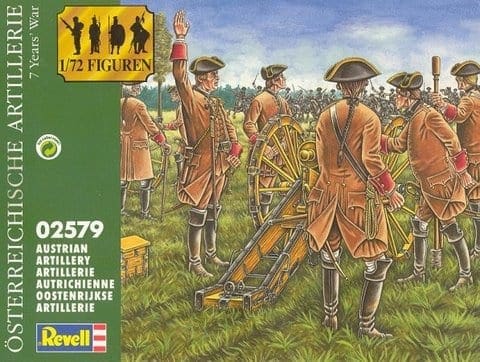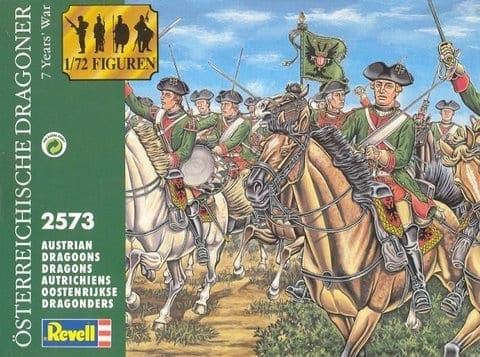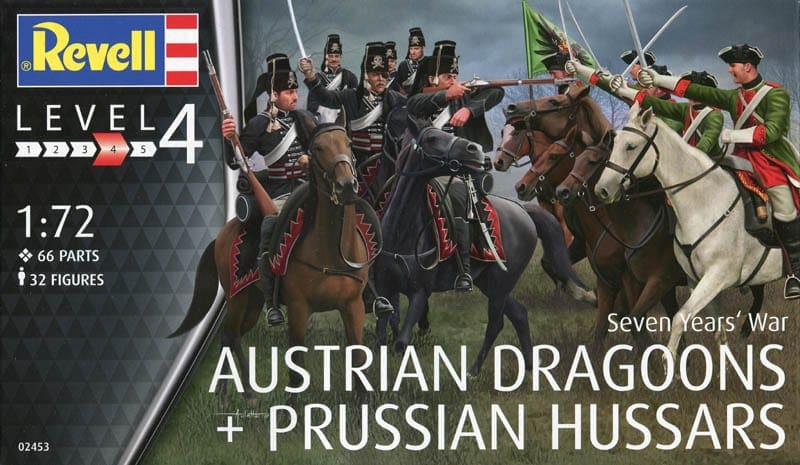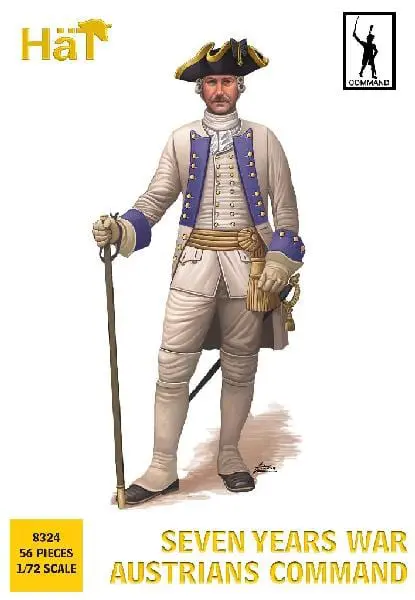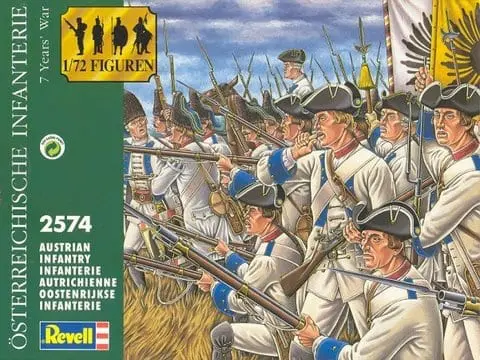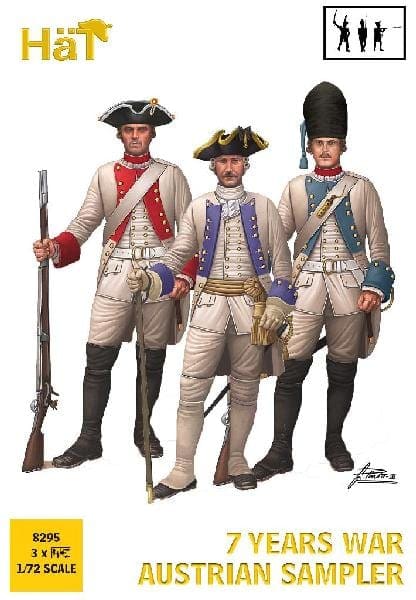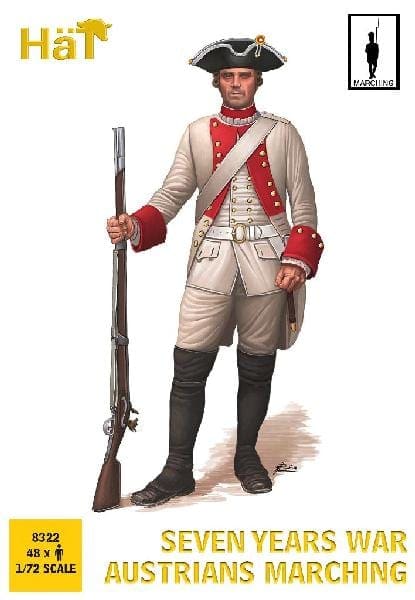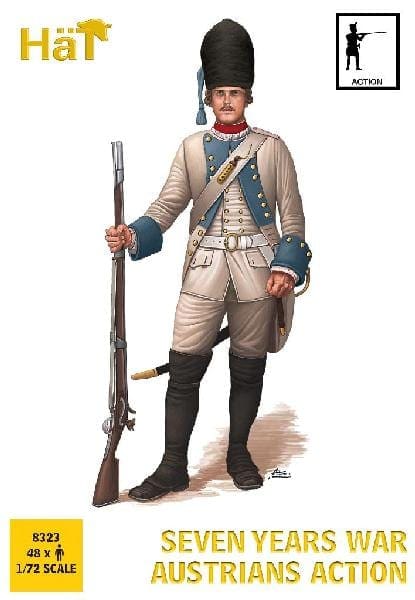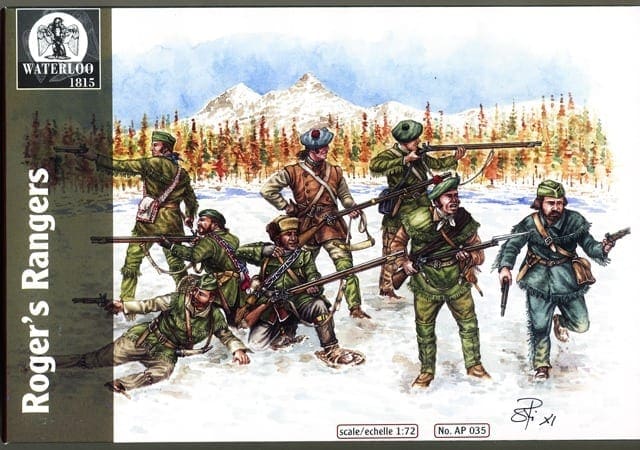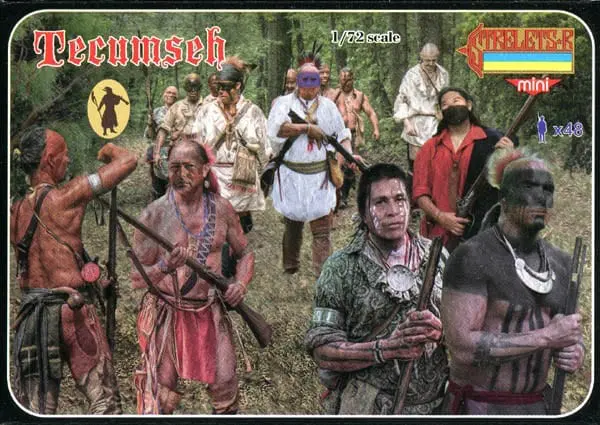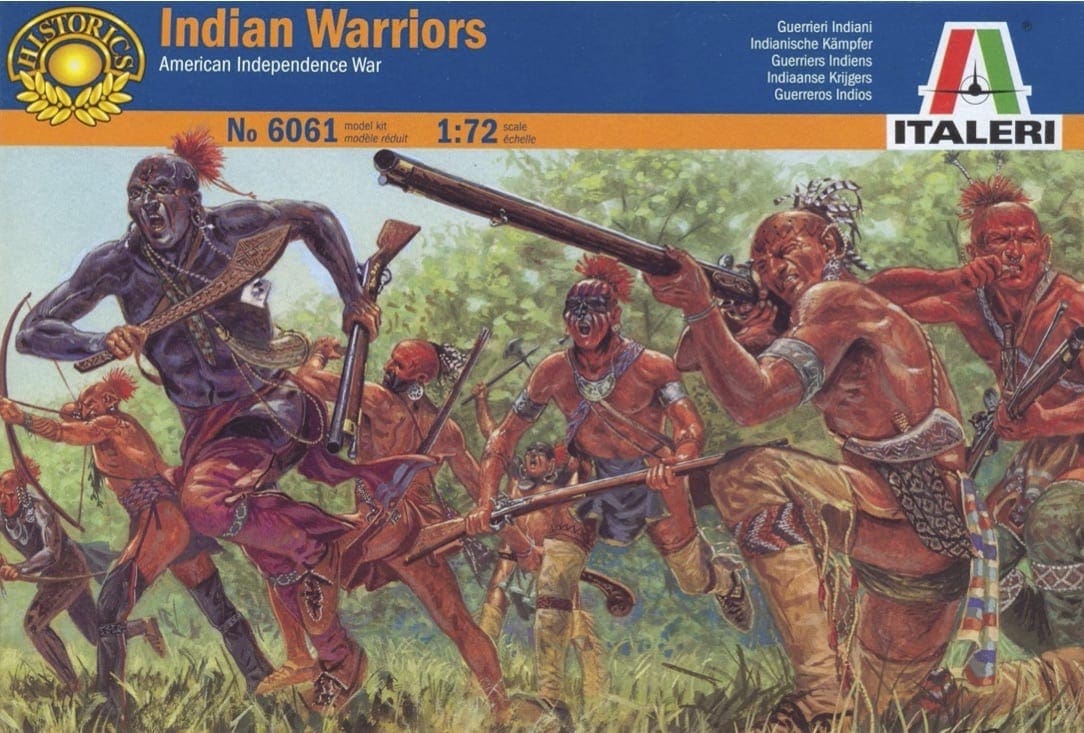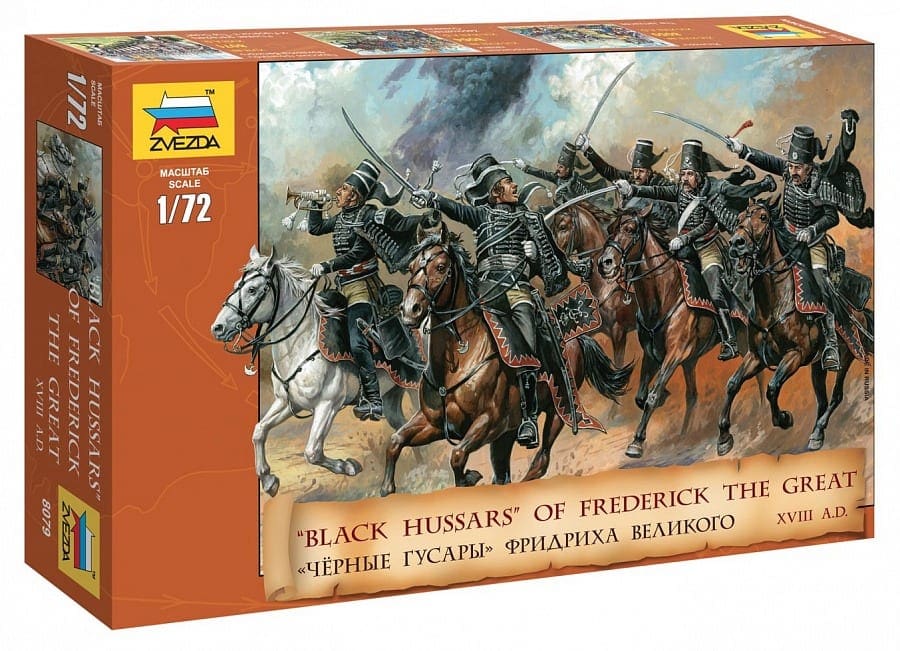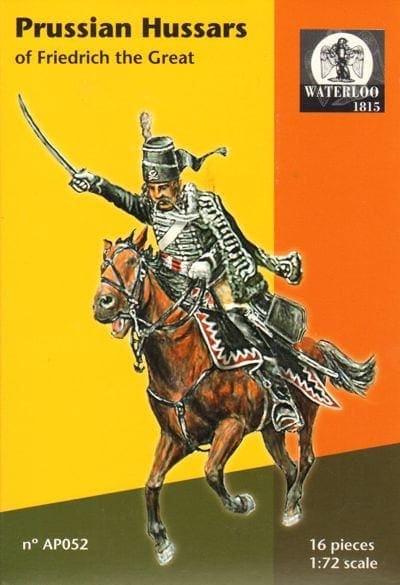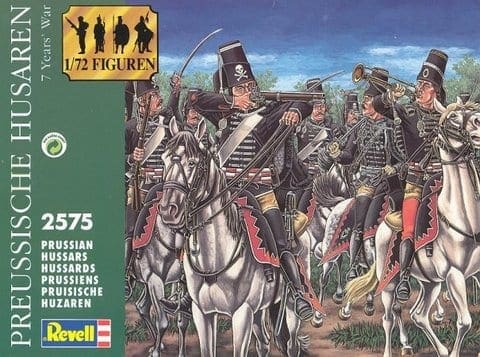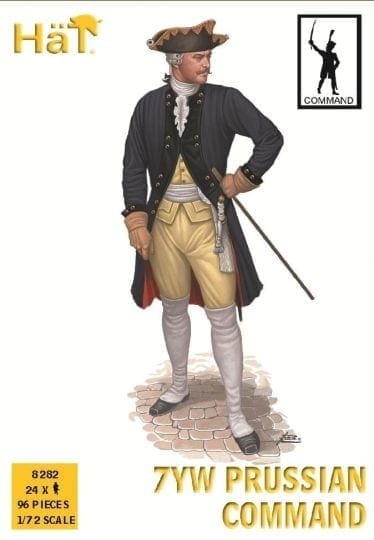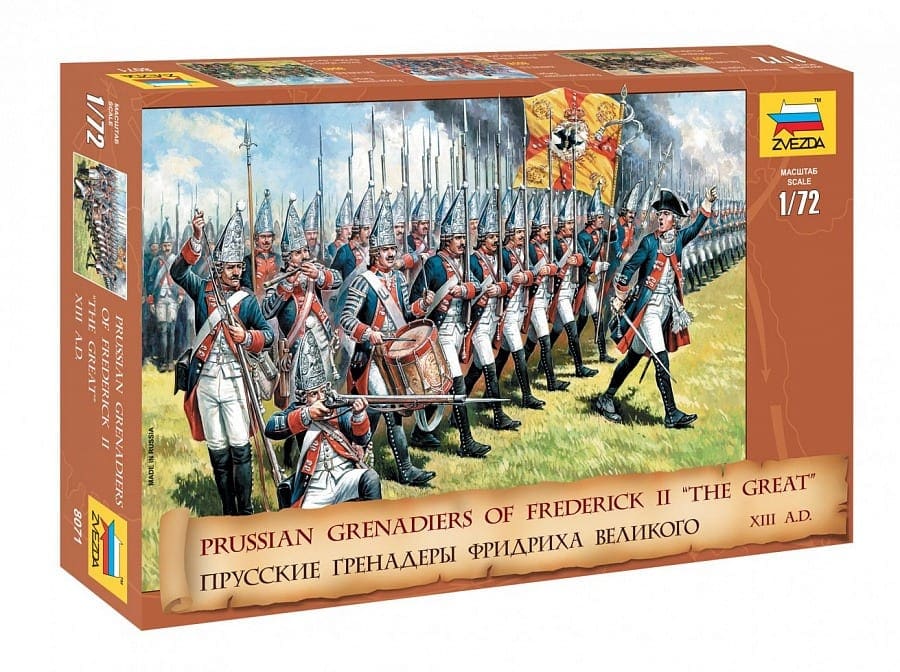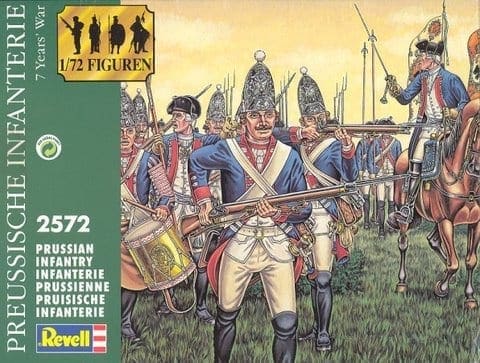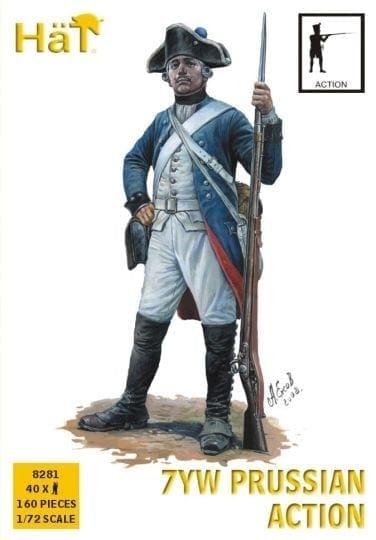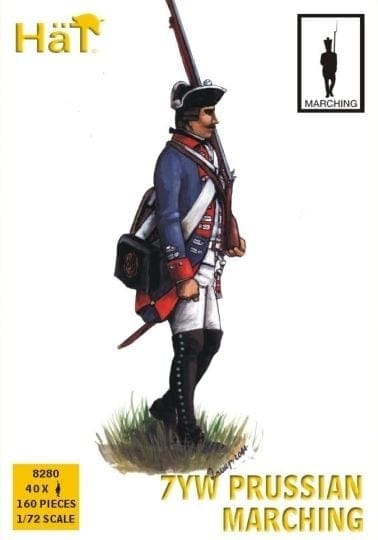The Seven Years' War in 1/72 Scale
Austrian
Cavalry
Command
Infantry
British
Native American
Prussian
Cavalry
Command
Infantry
Books
- Prussian & Austrian army uniforms in 1742-1770
- Light Troops in the Seven Years War: Irregular Warfare in Europe and North America, 1755-1763
- British Army Uniforms from 1751 to 1783: Including the Seven Years' War and the American War of Independence
- Armies of the Seven Years War: Commanders, Equipment, Uniforms and Strategies of the 'First World War'
- Honours of War: Wargames Rules for the Seven Years’ War (Osprey Wargames)
- Frederick the Great’s Allies 1756–63 (Men-at-Arms)
- Frederick the Great’s Army (1): Cavalry (Men-at-Arms Book 236)
- Frederick the Great's Army (2): Infantry (Men-at-Arms)
- Frederick the Great's Army (3): Specialist Troops (Men-at-Arms Book 248)
- The Austrian Army, 1740-80: Cavalry v.1: Cavalry Vol 1 (Men-at-arms)
- The Austrian Army 1740–80 (2): Infantry (Men-at-Arms)
- The Austrian Army (3) 1740-80 : Specialist Troops (Men-At-Arms Series, 280
